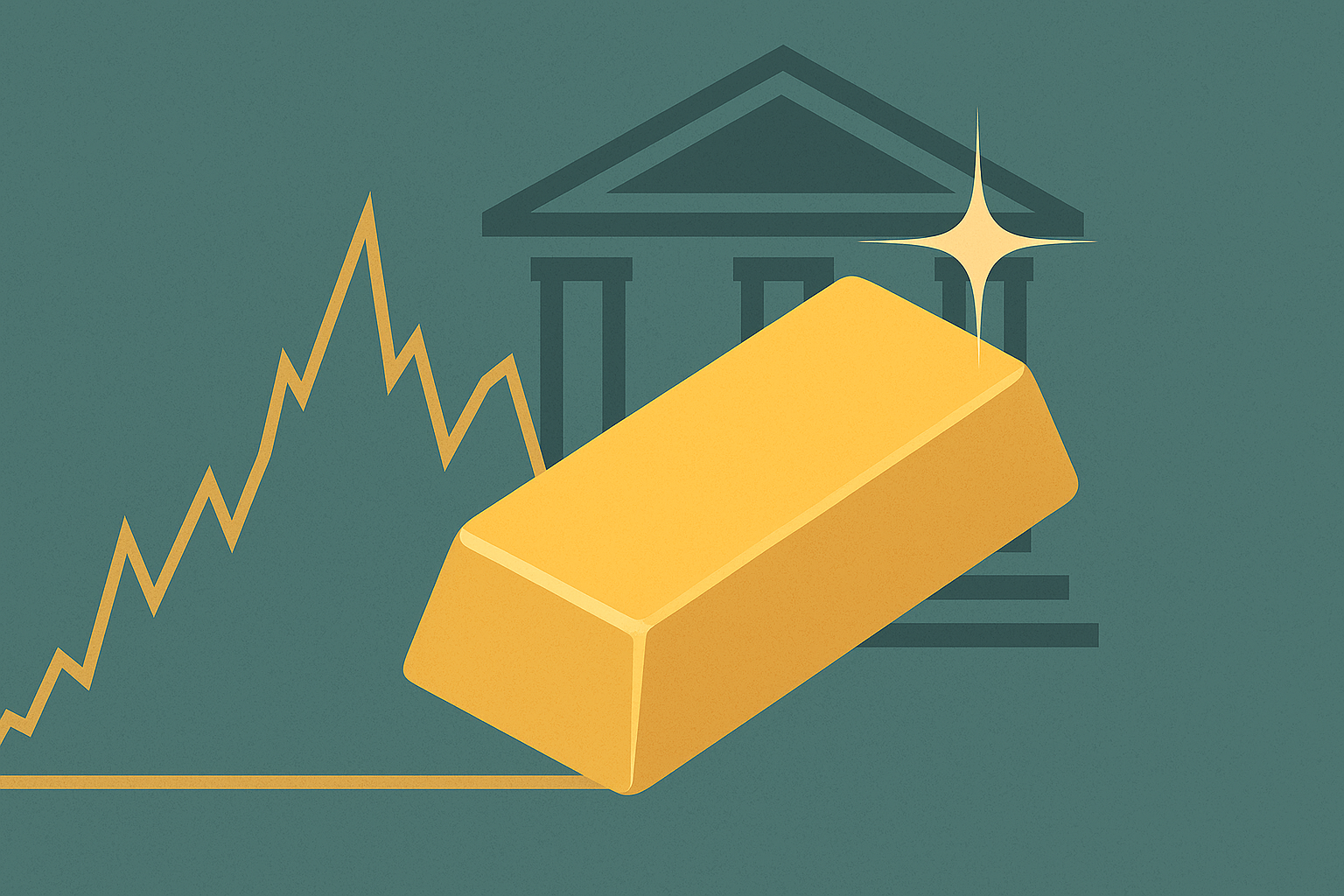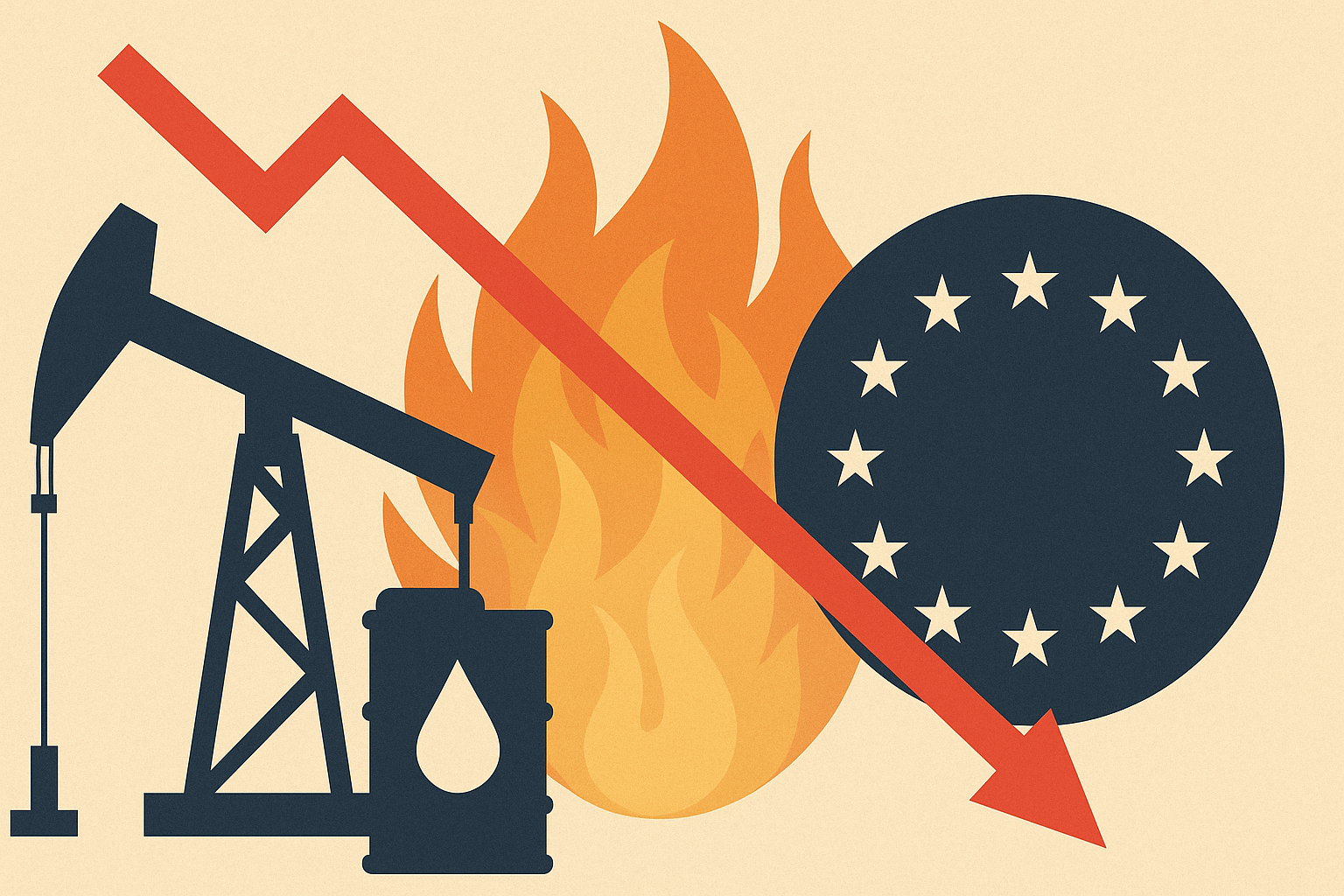The head of the London Bullion Market Association (LBMA) has called for renewed efforts to establish a gold futures market in London, the world’s largest hub for physical bullion trading.
Peter Zoellner, the LBMA’s newly appointed chair, said earlier attempts to introduce gold futures trading in the UK had failed because they were launched “too early,” but he believes market conditions have now changed. “It makes sense that the gold market can trade on different venues,” Zoellner told the Financial Times. “Sometimes people start something a bit too soon — maybe now we are in a different situation.”
The decision, he said, ultimately lies with the exchanges that would design and list the contracts.
Reviving London’s Futures Ambitions
London, which handles around $35 trillion in gold trades annually, currently lacks an active gold futures market. Most of its transactions are done over the counter (OTC) between banks and traders. The global benchmark for gold futures remains the CME Group’s Comex in New York, followed by the Shanghai Gold Exchange.
Past efforts in London have struggled to gain traction. The London Metal Exchange (LME) launched a gold futures contract in 2017 but shut it down five years later due to low trading volumes. An even earlier attempt, the London Gold Futures Market, operated from 1982 to 1985 before closing for the same reason.
Zoellner believes a London-based contract could still work today, particularly as some traders express unease about doing business in the United States amid President Donald Trump’s shifting trade policies and tariff threats.
Transparency and Market Development
Beyond futures, the LBMA is also considering ways to make pricing data more accessible, including for forward contracts and real-time trades. Zoellner said one of his goals is to develop a stronger benchmark for forward pricing, improving market transparency.
The LBMA already gathers data on gold forward rates from its members. Until 2013, it published a forward curve known as the Gold Forward Offered Rate (GOFO), which was widely used by traders. The association also oversees the twice-daily Loco London gold auction, which serves as a global pricing benchmark.
Rising Gold Prices and Central Bank Demand
Gold prices have surged by about 57% this year, reaching roughly $4,100 per troy ounce, driven largely by central bank buying and concerns about global debt and trade instability.
Zoellner, who previously headed the banking department at the Bank for International Settlements (BIS), said central banks are likely to keep purchasing gold given limited alternatives. “Fiscal policy in major economies is concerning — public debt has exploded,” he said. “There’s a global shift in political alliances and trade policies, and that might continue to drive price movement.”
Balancing Tradition and Innovation
Zoellner defended London’s gold market against critics who call it outdated. “If you compare it to other markets, you might think gold trading is behind,” he said. “But safety and reliability matter more than convenience, and those are the strengths of our system.”
Still, innovation may soon reshape the sector. The World Gold Council recently revealed plans to introduce a digital form of gold, potentially revolutionizing the London market by linking physical holdings with blockchain-based trading.
For now, the LBMA’s focus remains on enhancing transparency, maintaining trust, and — if conditions allow — reviving London’s long-elusive dream of a viable gold futures market.








